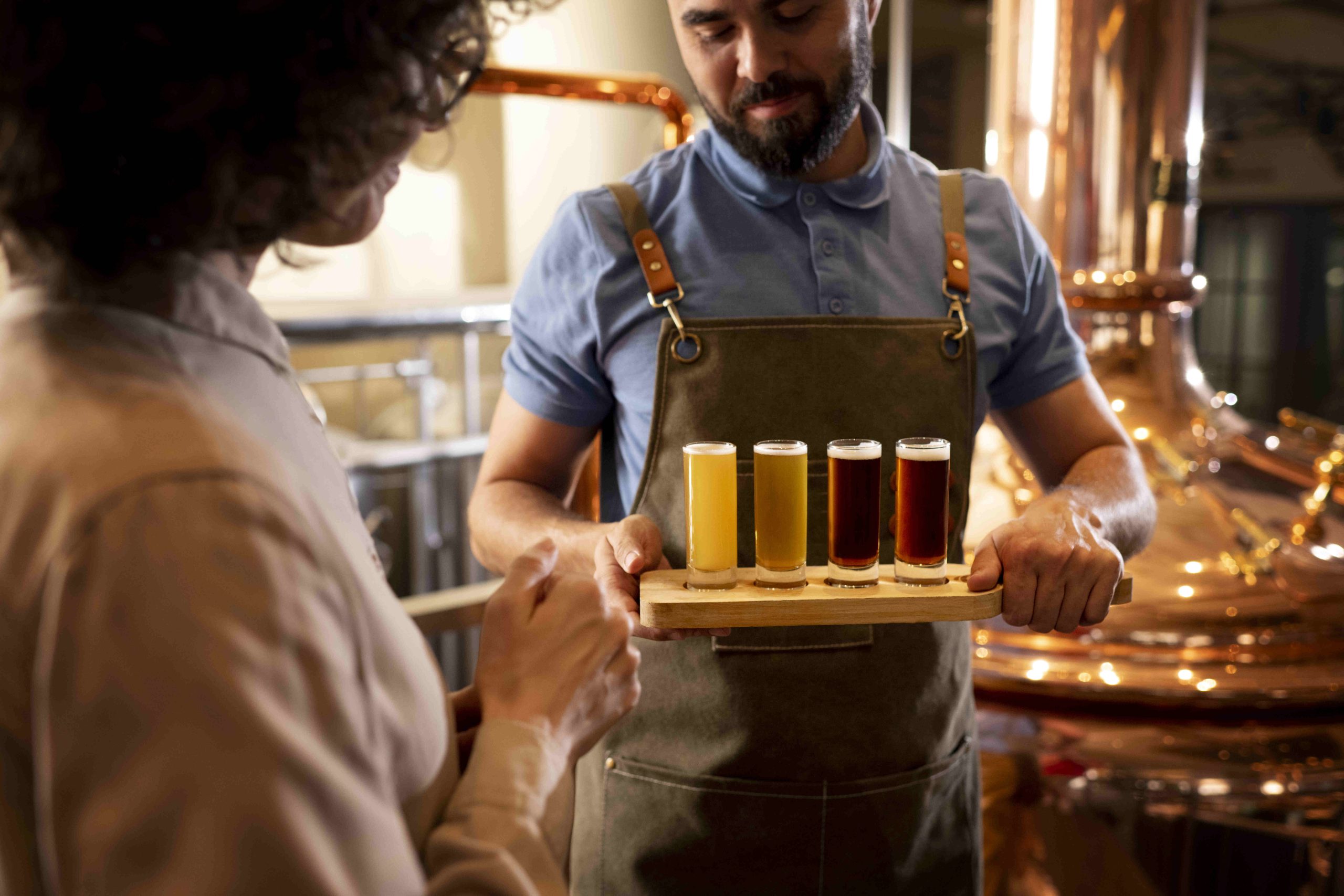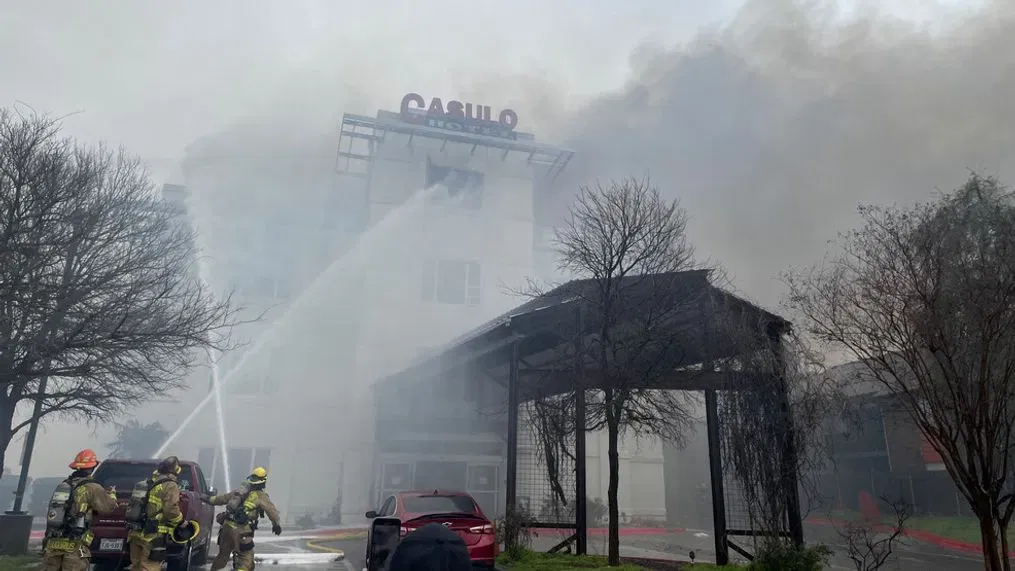Over the past decade, small towns across the United States have experienced a cultural renaissance, thanks in part to the rise of microbreweries and coffee roasteries. Once confined to urban centers, these artisanal businesses are now thriving in rural and suburban areas, bringing with them a new sense of community, creativity, and pride. Far from being just places to grab a drink, microbreweries and coffee roasteries have become cultural landmarks that shape the identity of the towns they call home.
The Appeal of Microbreweries and Coffee Roasteries
- Craftsmanship and Quality
Microbreweries and coffee roasteries are known for their commitment to quality and innovation. By focusing on small-batch production, these establishments emphasize freshness, flavor, and uniqueness. Whether it’s a locally brewed IPA or a single-origin coffee roasted to perfection, customers appreciate the attention to detail and the personal touch that goes into every product. - Local Ingredients and Sustainability
Many of these businesses prioritize sourcing ingredients locally, supporting nearby farmers and reducing their environmental footprint. For example, a microbrewery might use hops grown in the region, while a coffee roastery might partner with ethical importers who ensure fair wages for farmers. This focus on sustainability resonates with customers who value conscious consumption. - Personal Connection
Unlike big-chain coffee shops or beer distributors, microbreweries and roasteries foster a sense of connection between the creators and consumers. Owners and brewers often engage directly with customers, sharing the stories behind their products and the inspiration for their craft. This personal interaction builds loyalty and transforms a simple purchase into a meaningful experience.
Transforming Small Towns
- Revitalizing Downtown Areas
Many small towns have struggled with declining downtown areas as residents moved to larger cities or suburban developments. Microbreweries and coffee roasteries have become a beacon of revitalization, drawing locals and visitors back to the heart of town. These establishments often repurpose historic buildings, such as old warehouses or abandoned train stations, breathing new life into spaces that might otherwise have fallen into disrepair. - Attracting Tourism
With their unique offerings and welcoming atmospheres, microbreweries and coffee roasteries attract visitors from nearby cities and beyond. Many towns have seen an increase in tourism thanks to these businesses, especially when paired with events like beer festivals, coffee tastings, or live music nights. Tourists who come for a craft beer or specialty coffee often explore other local attractions, boosting the overall economy. - Creating Community Hubs
Beyond their role as businesses, microbreweries and roasteries serve as gathering places where people can connect and socialize. They host trivia nights, art exhibits, open mic sessions, and workshops, fostering a sense of belonging among residents. These spaces become neutral ground where people from all walks of life can come together, breaking down social barriers and strengthening community ties.
Examples of Cultural Impact
- Microbreweries as Icons
In small towns like Asheville, North Carolina, or Bend, Oregon, microbreweries have become synonymous with local culture. These towns are now known as craft beer destinations, drawing beer enthusiasts who want to sample locally made brews and learn about the brewing process. Breweries often collaborate with local artists for label designs, creating a blend of visual and culinary art. - Coffee Roasteries as Creative Spaces
Coffee roasteries in towns like Bozeman, Montana, or Marfa, Texas, have redefined what it means to grab a cup of coffee. These roasteries double as art galleries, coworking spaces, or venues for community events. They’ve become symbols of small-town creativity and innovation, proving that even in remote areas, there’s a demand for high-quality, thoughtfully crafted products.
Challenges and Opportunities
- Competing with Larger Brands
Despite their growing popularity, microbreweries and coffee roasteries face challenges when competing with larger chains and mass-market brands. Their success often depends on their ability to differentiate themselves through authenticity and storytelling. - Building Long-Term Sustainability
As these businesses grow, maintaining their small-batch ethos while scaling operations can be a delicate balancing act. However, those that stay true to their values tend to earn lasting loyalty from their customers. - Expanding Their Reach
Some microbreweries and roasteries are finding ways to expand their audience without losing their local charm. For example, selling canned beer in nearby cities or offering roasted coffee beans online helps spread the word about their brand while still retaining their hometown roots.
Conclusion
Microbreweries and coffee roasteries have evolved into far more than places to grab a drink—they’ve become cultural landmarks that enrich small towns across America. By emphasizing quality, fostering community, and breathing new life into historic spaces, these businesses are reshaping the identity of rural and suburban areas. As they continue to grow, their impact will likely deepen, solidifying their role as cornerstones of local culture and creativity.
















Leave a Reply